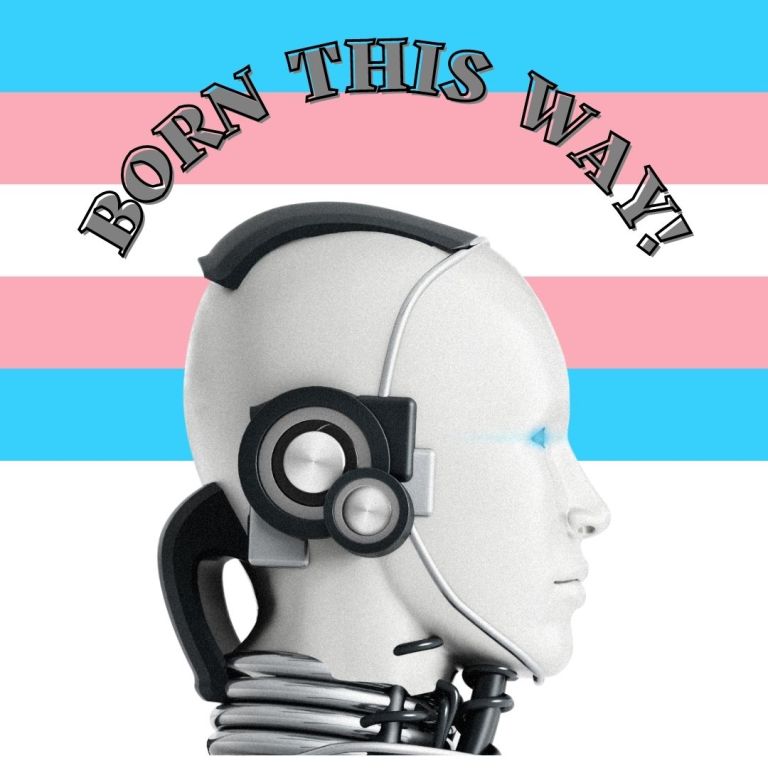1943 -1945 is called the gestation period for AI, “Artificial Intelligence”.
AI was first recognized by Warren McCullock and Walter Pitts in 1943. The main three sources for them were: –
- Basic physiology knowledge and neurons function in the brain.
- Formal analysis of propositional logic due to Russell and Whitehead.
- Turing’s theory of computation.
The due at first propose an artificial neurons model with each neuron characterized as “on” or “off” with a switch for “on” in response. The experiment showed that the connected neurons can be computed by any computable function and the logical connectives (and, or, not, etc.) can be implemented by simple net structures.
In 1949, the Hebbian Learning rule came into place, which means the connection strengths can be modified with neurons, and still it is one of the influential models of the day.
However, the most influential vision was by Alan Turing. In 1950, one of his articles “Computing Machinery and Intelligence” highlighted the Turing Test, machine learning, genetic algorithms, and reinforcement learning.
A child programme idea was proposed to him, “Instead of trying to produce a programme to simulate the adult mind, why not rather try to produce one which simulated the child’s?”
1956 witnessed the birth of Artificial Intelligence. Another influential figure in AI, John McCarthy brought two important U.S. researchers along with Minsky, Claude Shannon, and Nathaniel Rochester in a two-month workshop at Dartmouth in 1956 to study automata theory, neural nets, and the study of intelligence.
The proposal states:
“We propose that a 2month, 10-main study of artificial intelligence be carried out during the summer of 1956 at Dartmouth College in Hanover., New Hampshire. The study is to proceed based on the conjecture that every aspect of learning or any other feature of intelligence can in principle be so precisely described that a machine can be made to stimulate it. An attempt will be made to find how to make machines use language, form abstractions and concepts, solve kinds of problems now reserved for humans, and improve themselves. We think that a significant advance can be made in one or more of these problems if a carefully selected group of scientists work on it together for a summer.”
Even though the Dartmouth workshop was not a stealer breakthrough as was expected but it led to introducing some of the influential people to each other.
In the next 20 years, AI got dominated by the students and colleagues of MIT, CMU, Stanford, and IBM.
Source:- Artificial Intelligence by Russell and Norvig

